How Novo Nordisk Lost Its Grip on the Obesity Market
In an unexpected turn of events, Novo Nordisk, once crowned as the most valuable company in Europe thanks to its blockbuster drugs Ozempic and Wegovy, is facing a significant downturn in its market dominance in the anti-obesity sector. Recent analysis by the Wall Street Journal highlights a series of missteps that have allowed rivals, particularly Eli Lilly, to gain ground in an industry projected to be worth $150 billion annually.
The Fall from Grace
Once seen as invincible in the GLP-1 drug market, Novo Nordisk has struggled recently amidst production challenges and a rocky rollout of Wegovy, the weight-loss variant of semaglutide. Despite generating billions in sales, the stock has plummeted more than 50% over the past year, raising concerns about its future viability as the go-to player in obesity treatments. This downturn accelerated with the recent ousting of CEO Lars Fruergaard Jørgensen by the company’s controlling shareholder—an unexpected shake-up indicative of deeper challenges within the organization.
Rivalry with Eli Lilly
While Novo Nordisk initially capitalized on the burgeoning demand for obesity drugs, Eli Lilly has proven to be a formidable competitor. Lilly’s parallel developments, particularly with Mounjaro and its recently launched weight-loss drug, Zepbound, have shifted the race. Studies show Zepbound can induce over 20% weight loss, surpassing Wegovy’s performance. Eli Lilly’s quick adaptation in production and marketing strategies has positioned it advantageously within the market, marking a critical contrast to Novo Nordisk’s more cautious approach.
Production Missteps
A pivotal issue for Novo Nordisk has been its underestimation of demand for Wegovy prior to its launch. Drawing from its experience with the earlier weight-loss drug, Saxenda, the company anticipated a modest response, leading to insufficient initial production capacity. Consequently, demand quickly outstripped supply, forcing the company into rationing tactics— something unprecedented for a drugmaker eager to capture a burgeoning market.
Strategic Misalignments
This scarcity not only limited immediate sales opportunities but also allowed for the emergence of compounded versions of semaglutide from special pharmacies, eroding Novo’s market share. Meanwhile, Eli Lilly capitalized on these gaps, enhancing its visibility and market footprint with strategic decisions that advanced their position. Their choice to first implement a direct-to-consumer online platform for weight-loss drugs also exemplified a proactive strategy that outpaced Novo’s eventual attempts at similar initiatives.
Research and Development Challenges
The R&D landscape further favors Eli Lilly, with promising clinical data emerging from their experimental pipelines, including a pill version of a weight-loss drug that could attract patients averse to injections. In contrast, some of Novo Nordisk’s recent trials, particularly those related to the combination drug CagriSema, have yielded disappointing outcomes, resulting in significant stock devaluation and diminished investor confidence.
Looking Ahead
Despite the mounting challenges, Novo Nordisk is not completely out of the race. Analysts believe there remains an opportunity for the company to leverage its remaining assets, including CagriSema, to pivot towards a recovery. Recent moves, such as signing a deal with CVS to promote Wegovy as a preferred choice for its members, suggest a newfound aggressiveness that could help reclaim lost ground.
As Novo Nordisk navigates its corporate restructuring and seeks a new CEO, the organization stands at a crossroads. The balance between fulfilling a corporate responsibility to the public versus a business-centric approach will likely dictate its future. As Hanne Sindbæk notes, there remains an internal struggle between value-driven principles and business operations within the company. The selection of a new chief executive could very well determine whether Novo Nordisk can re-establish itself as a leader in a rapidly evolving market.
Conclusion
As the obesity drug market continues to expand, the intensity of competition will only increase. Eli Lilly’s rise demonstrates that being a first-mover is not synonymous with longevity or ultimate success in the pharmaceutical sector. For those invested in Novo Nordisk or contemplating entry into the pharma market, agility and strategic foresight will be crucial in navigating these turbulent waters. With the potential for recovery still on the table, investors should closely monitor company actions as Novo Nordisk attempts to course-correct and fortify its place in this lucrative market.















